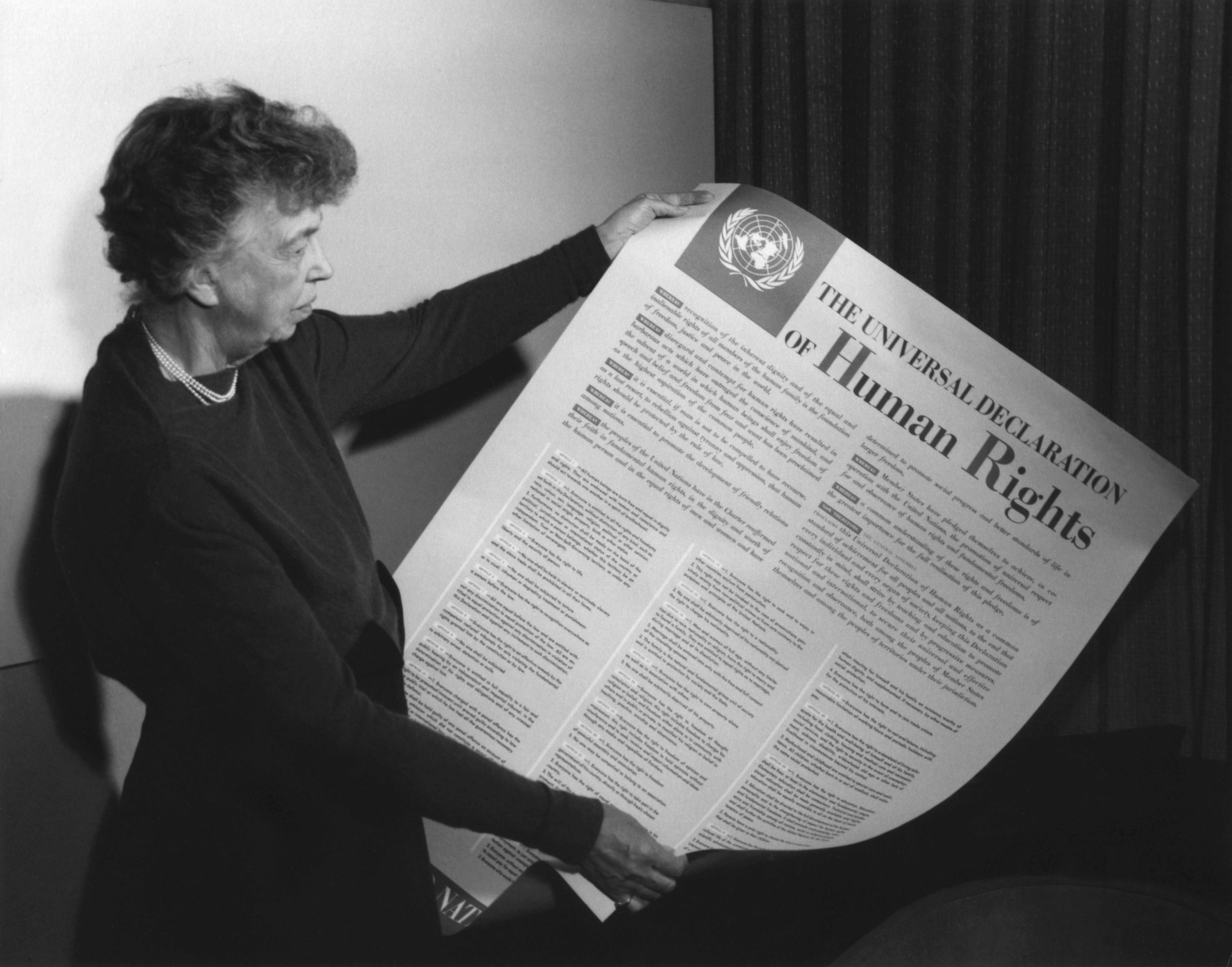|
UMOPAR
The Unidad Móvil Policial para Áreas Rurales (UMOPAR), (English: ''Mobile Police Unit for Rural Areas''), was created in 1984 as a unit with within the Bolivian National Police (Cuerpo de Policía Nacional). it is a Bolivia, Bolivian counter-narcotics and counter-insurgency force which was founded by, and is funded, advised, equipped, and trained by the United States government as part of its "War on Drugs". It became a subsidiary of the new Special Force to Fight Drug Trafficking, Special Antinarcotics Force (Fuerza Especial de Lucha Contra el Narcotráfico—FELCN), when the latter was created in 1987. There have been complaints that UMOPAR, which is effectively controlled by the United States military and Drug Enforcement Administration, was the most powerfully armed and best trained military force in Bolivia. In 1984, UMOPAR troops kidnapped the President of Bolivia, Siles Zuazo, and staged an unsuccessful coup attempt against the Bolivian government. Bolivian government coop ... [...More Info...] [...Related Items...] OR: [Wikipedia] [Google] [Baidu] [Amazon] |
Special Force To Fight Drug Trafficking
The Bolivian Special Force to Fight Drug Trafficking or Special Antinarcotics Force (, FELCN) is a section of the Bolivian National Police focused on fighting the country's drug trade. It largely focuses on the production of cocaine and its precursors from Coca in Bolivia, coca leaves grown in the country. The FELCN was created on 24 July 1987, and took over supervision of the Rural Mobile Patrol (UMOPAR). The Umopar, popularly known as "The Leopards" (''Los Leopardos''), was formed in late 1983 under a United States-funded program designed to eradicate the nation's cocaine trade and in accordance with four treaties on narcotics, signed by both countries on August 11, 1983. As of the late 1980s, FELCN and UMOPAR comprised about 6,000 members. Both were highly militarized police units. By early 1989, FELCN had its own intelligence service, which was charged with collecting evidence on individuals suspected of narcotics trafficking. During the late 1980s and 1990s, according to an in ... [...More Info...] [...Related Items...] OR: [Wikipedia] [Google] [Baidu] [Amazon] |
Bolivian National Police
Law enforcement in Bolivia is reliant on the 40,000-member ''Cuerpo de Policía Nacional'' (National Police Corps) responsible for internal security and maintaining law and order. Unlike many South American countries, the Bolivian police force always has been accountable to the national government rather than to state or local officials. The 1950 Organic Law of Police and Carabiniers officially separated the police from the military. Frequently, however, the national police call upon the military for assistance in quelling riots and civil protests. The countrywide emergency number for the police, including the highway patrol, is 110. Historical background Although the Marshal of Ayacucho, Antonio José de Sucre, had organized the first Bolivian police force on June 24, 1826, the National Police (''Policía Nacional'') was not established officially until 1886. The Bolivian police became institutionalized on the national level in 1937 with the creation of the National Corps of ... [...More Info...] [...Related Items...] OR: [Wikipedia] [Google] [Baidu] [Amazon] |
Oregon
Oregon ( , ) is a U.S. state, state in the Pacific Northwest region of the United States. It is a part of the Western U.S., with the Columbia River delineating much of Oregon's northern boundary with Washington (state), Washington, while the Snake River delineates much of its eastern boundary with Idaho. The 42nd parallel north, 42° north parallel delineates the southern boundary with California and Nevada. The western boundary is formed by the Pacific Ocean. Oregon has been home to many Indigenous peoples of the Americas, indigenous nations for thousands of years. The first European traders, explorers, and settlers began exploring what is now Oregon's Pacific coast in the early to mid-16th century. As early as 1564, the Spanish expeditions to the Pacific Northwest, Spanish began sending vessels northeast from the Philippines, riding the Kuroshio Current in a sweeping circular route across the northern part of the Pacific. In 1592, Juan de Fuca undertook detailed mapping a ... [...More Info...] [...Related Items...] OR: [Wikipedia] [Google] [Baidu] [Amazon] |
Abuses
Abuse is the act of improper usage or treatment of a person or thing, often to Distributive justice, unfairly or improperly gain benefit. Abuse can come in many forms, such as: physical or verbal maltreatment, injury, assault, violation, rape, unjust practices, crimes, or other types of aggression. To these descriptions, one can also add the Kantian notion of the wrongness of using another human being as means to an end rather than as ends in themselves. Some sources describe abuse as "socially constructed", which means there may be more or less recognition of the suffering of a victim at different times and societies. Types and contexts of abuse Abuse of authority Abuse of authority includes harassment, interference, pressure, and inappropriate requests or favors. Abuse of corpse Necrophilia involves possessing a physical attraction to dead bodies that may led to acting upon sexual urges. As corpses are dead and cannot give consent, any manipulation, removal of parts, m ... [...More Info...] [...Related Items...] OR: [Wikipedia] [Google] [Baidu] [Amazon] |
Human Rights
Human rights are universally recognized Morality, moral principles or Social norm, norms that establish standards of human behavior and are often protected by both Municipal law, national and international laws. These rights are considered inherent and inalienable, meaning they belong to every individual simply by virtue of being human, regardless of characteristics like nationality, ethnicity, religion, or socio-economic status. They encompass a broad range of civil, political, economic, social, and cultural rights, such as the right to life, freedom of expression, protection against enslavement, and right to education. The modern concept of human rights gained significant prominence after World War II, particularly in response to the atrocities of the Holocaust, leading to the adoption of the Universal Declaration of Human Rights (UDHR) by the United Nations General Assembly in 1948. This document outlined a comprehensive framework of rights that countries are encouraged t ... [...More Info...] [...Related Items...] OR: [Wikipedia] [Google] [Baidu] [Amazon] |

